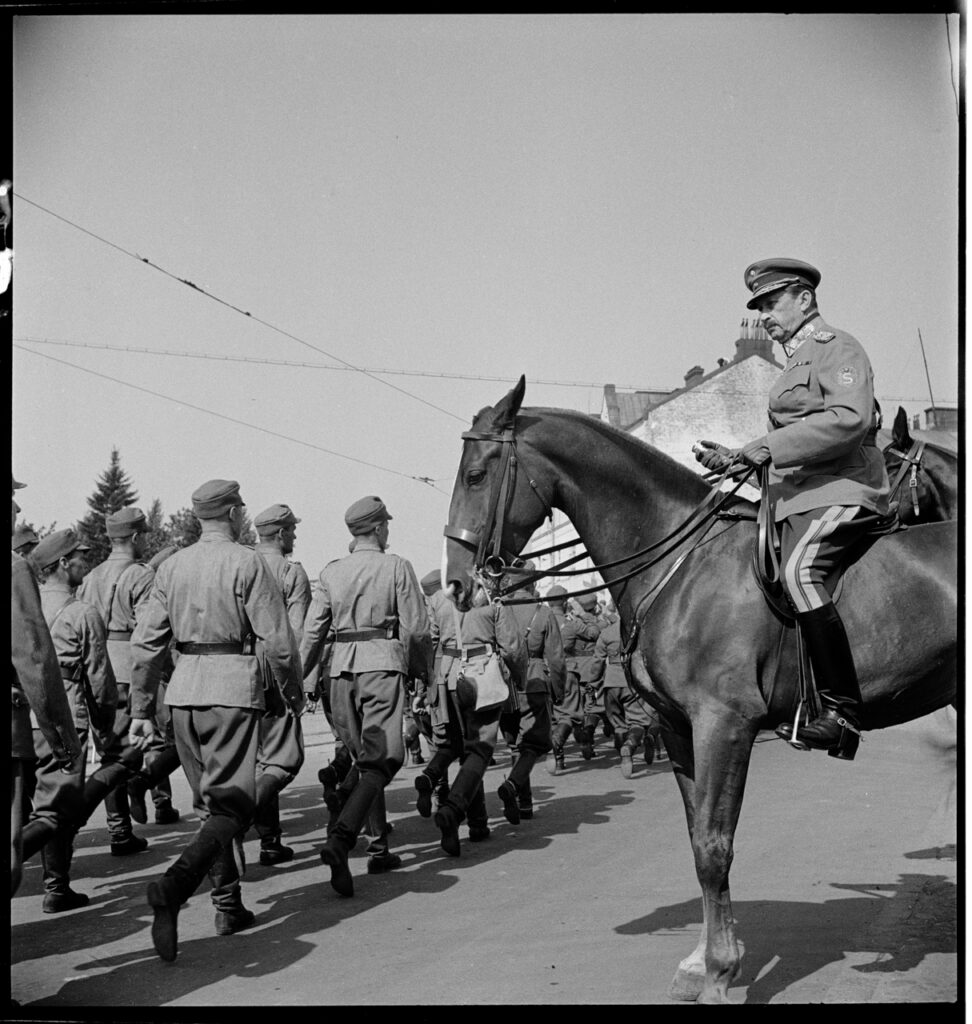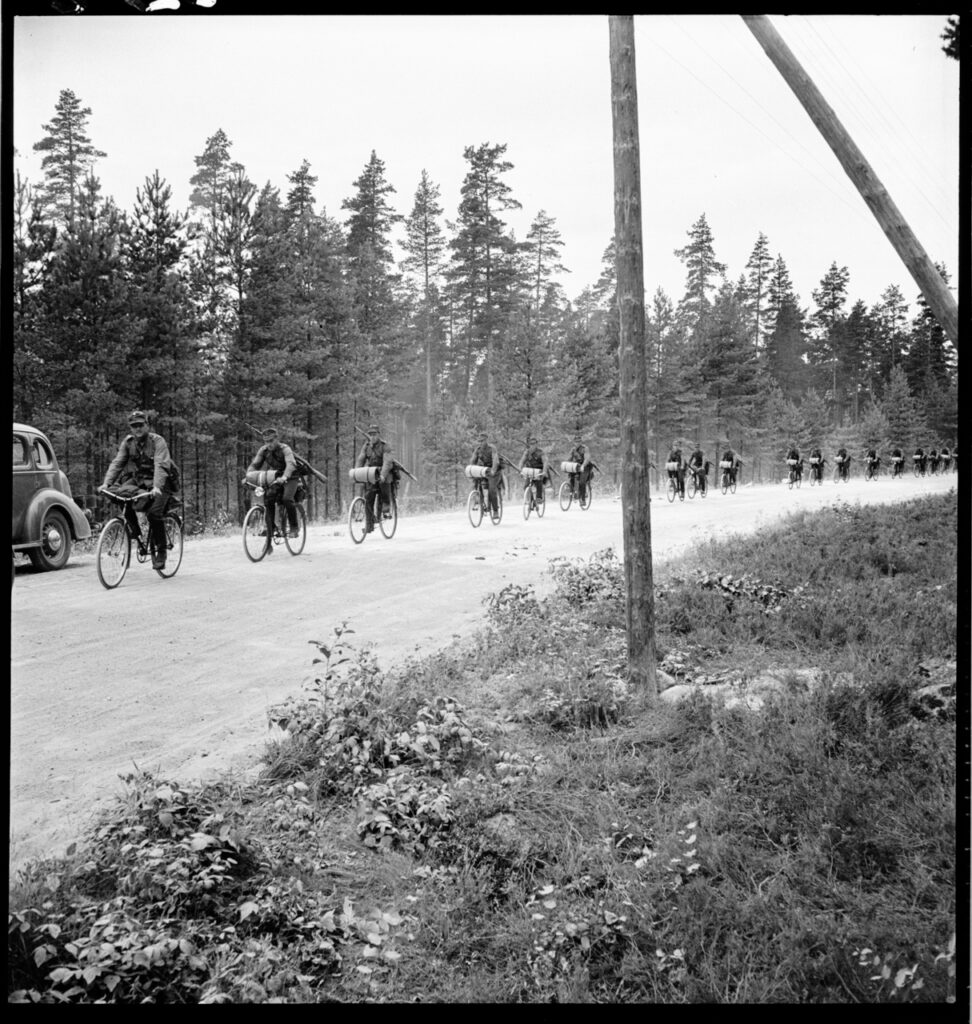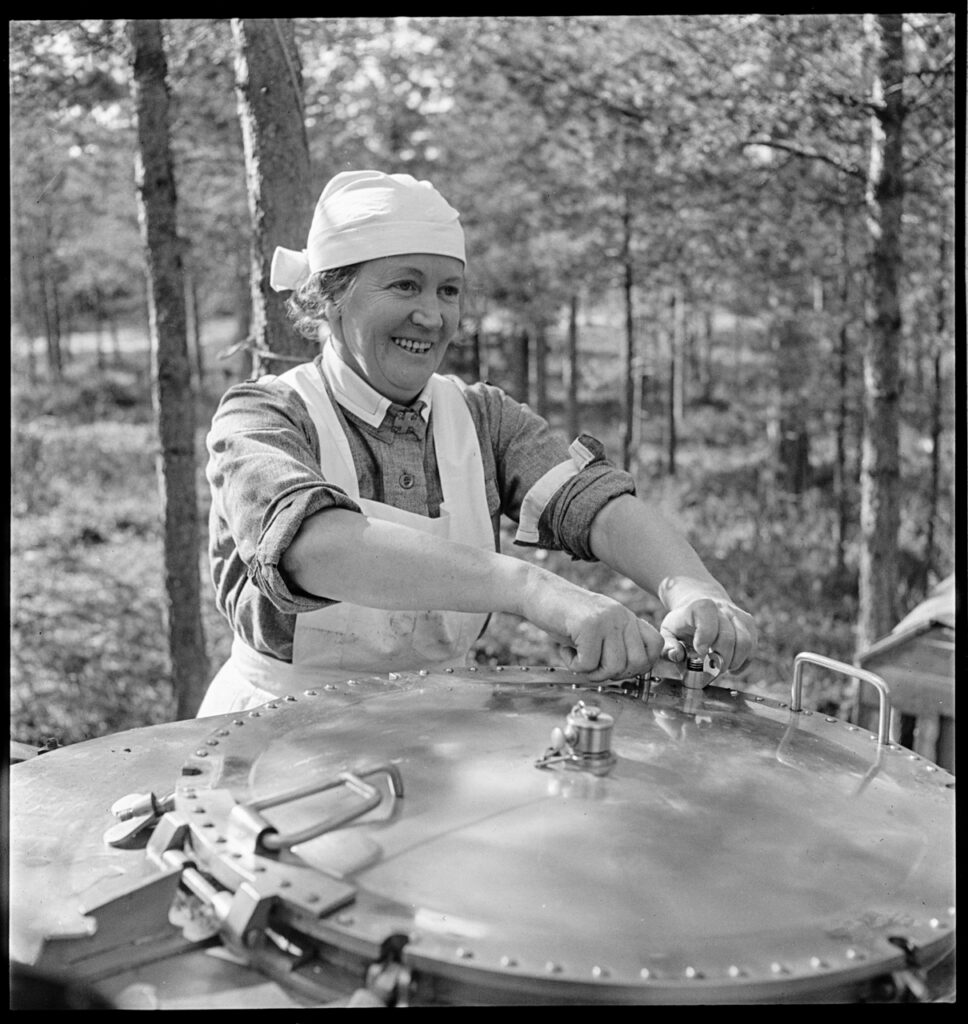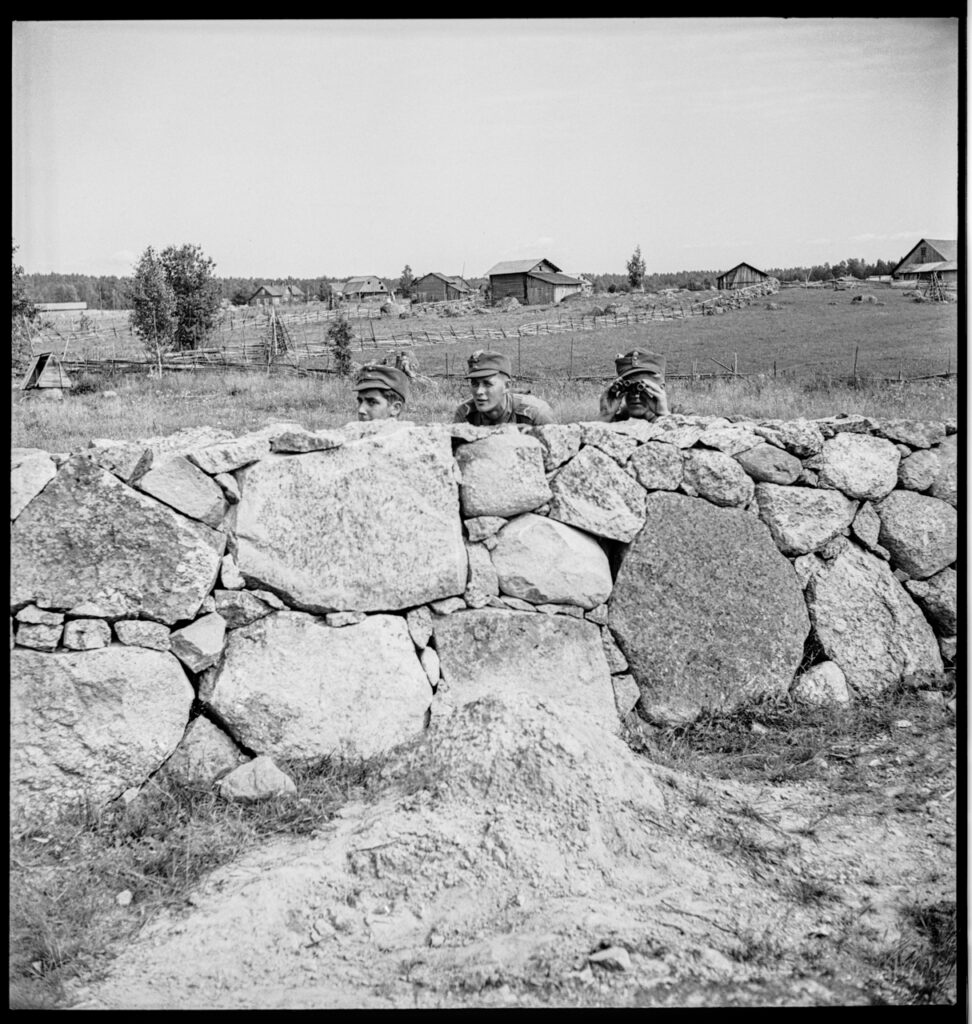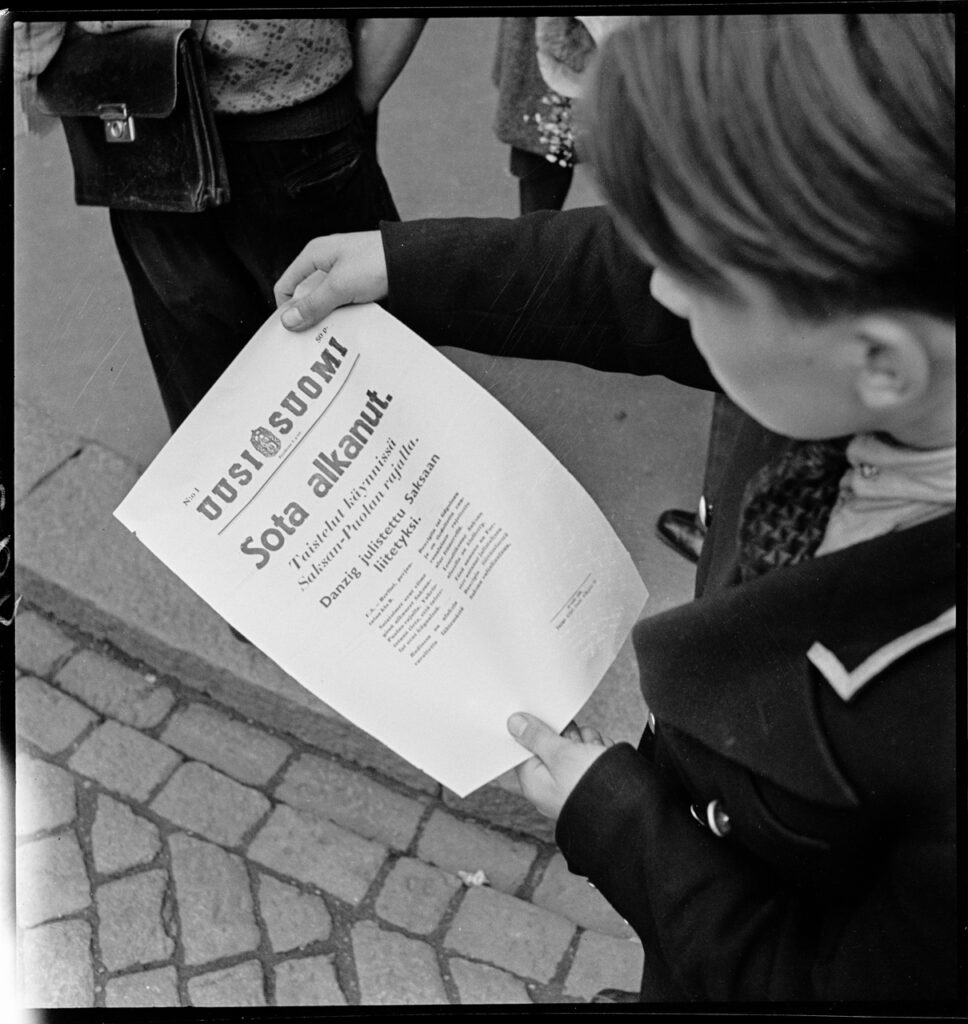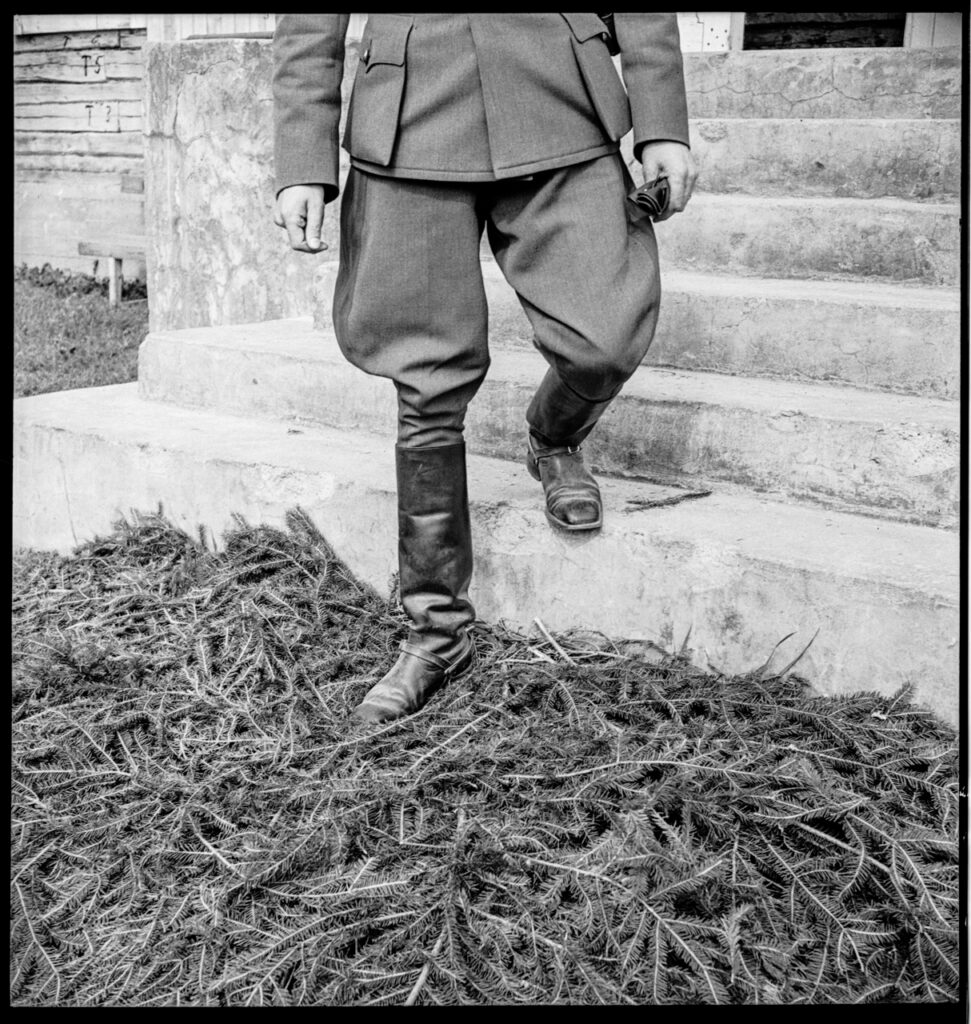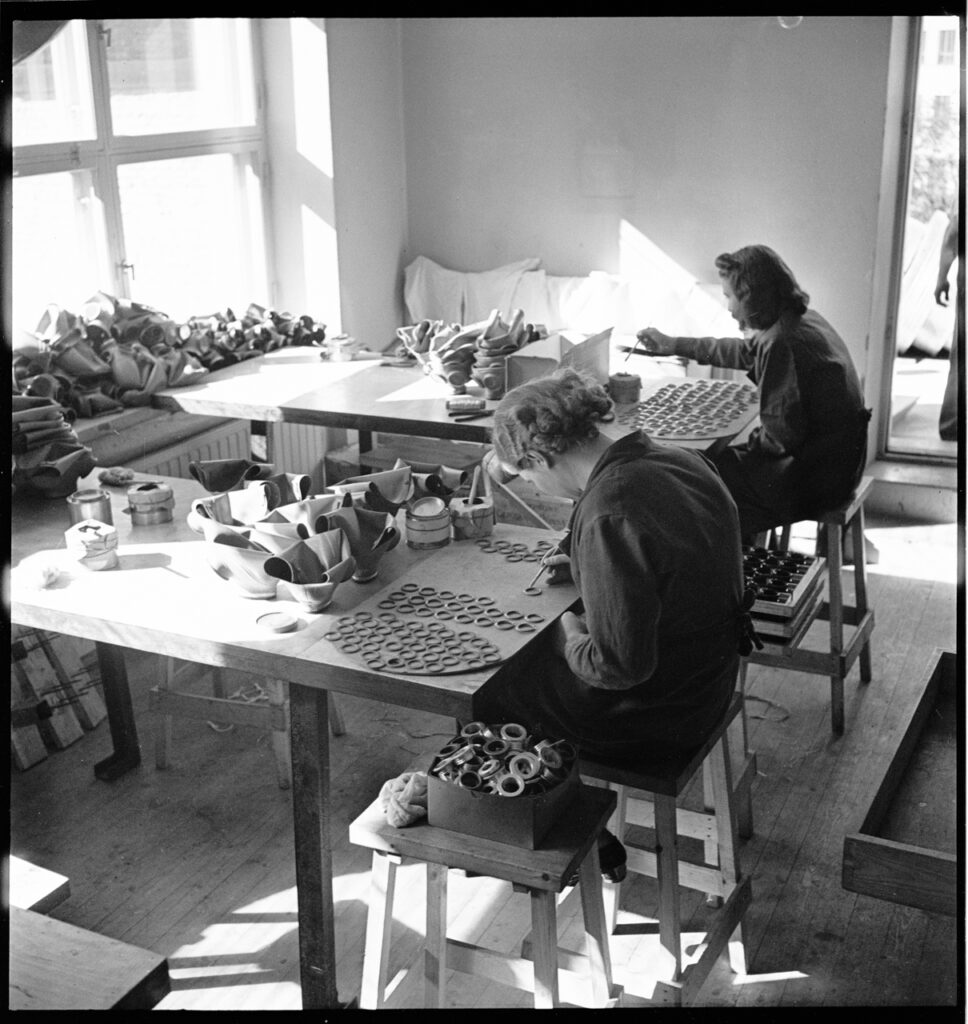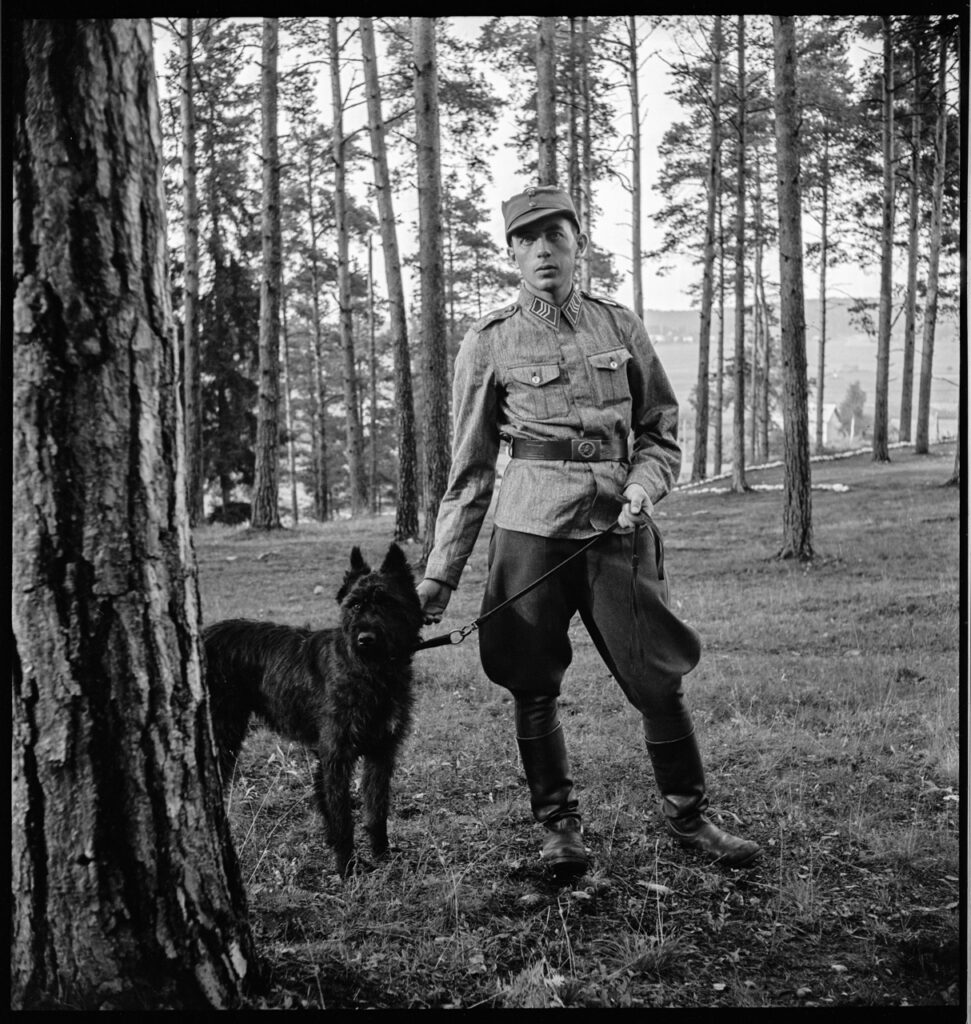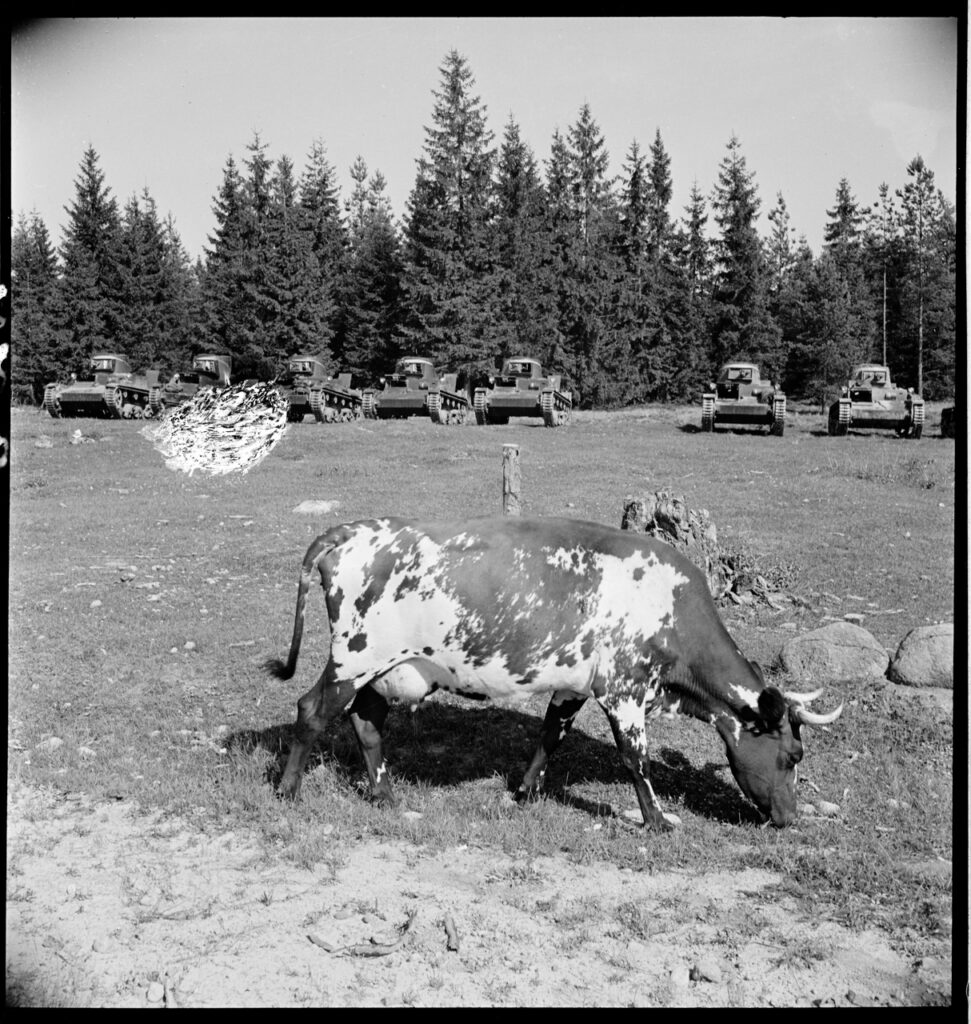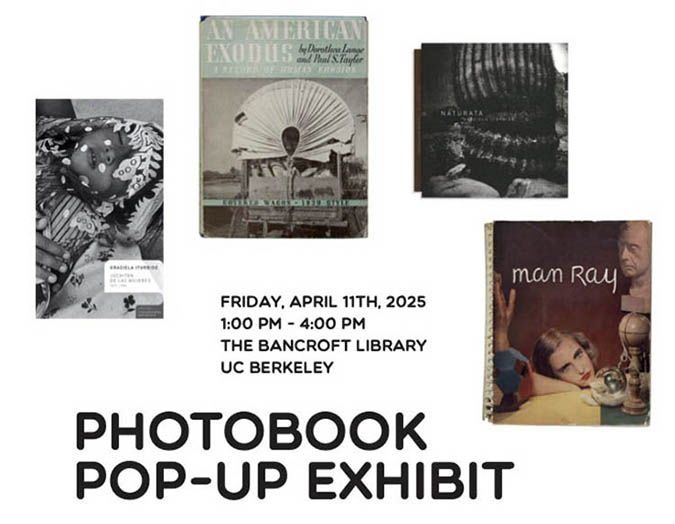
In association with the Reva and David Logan Photobook Symposium at the School of Journalism, the Bancroft Library is hosting a Photobook Pop-Up Exhibit, featuring selections from the Reva and David Logan Photobook Collection (The Bancroft), and photobook gifts from donor Richard Sun (Art History/Classics Library).
Artists featured:
Henri Cartier-Bresson, Claude Cahun, Robert Frank, Dorthea Lange, Miyako Ishiuchi, Graciela Iturbide, Dayanita Singh, Alfred Stieglitz, Francesca Woodman and many more.
